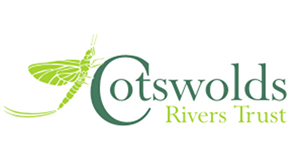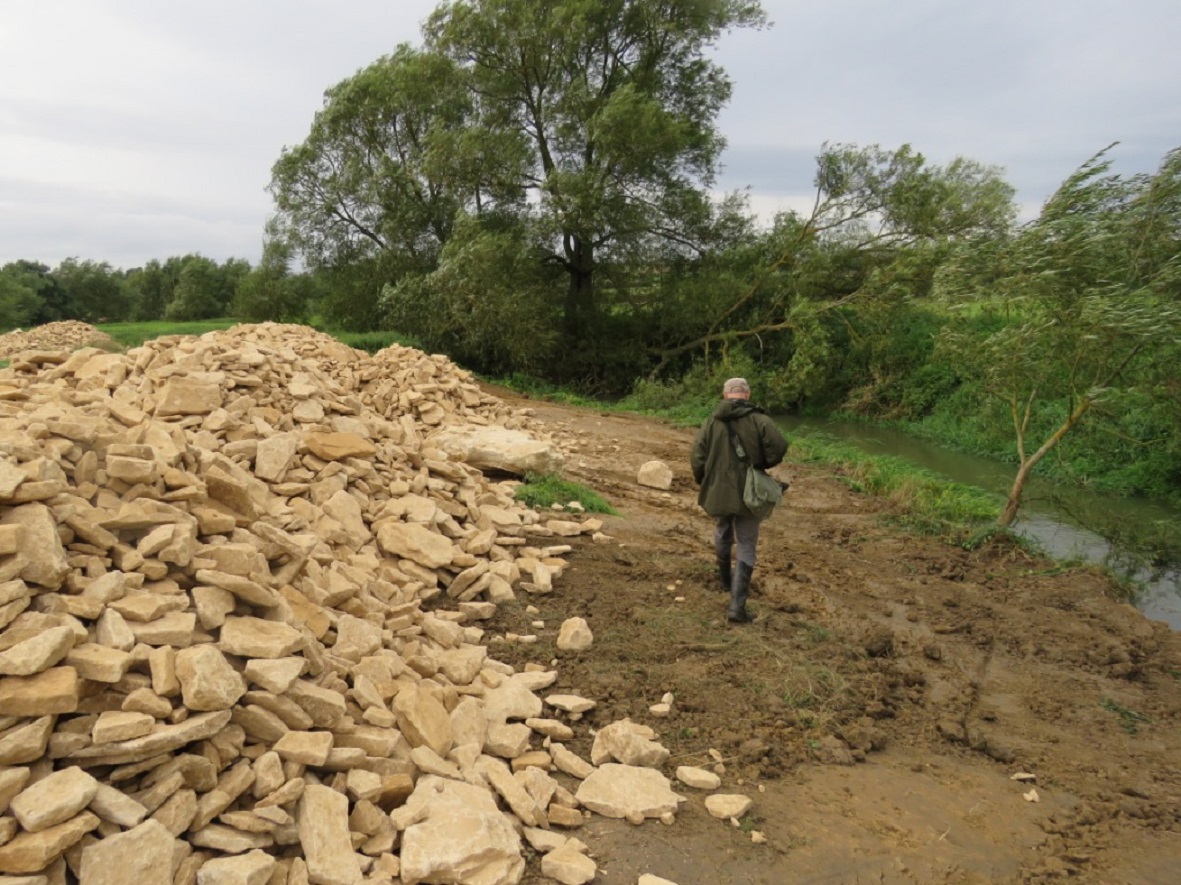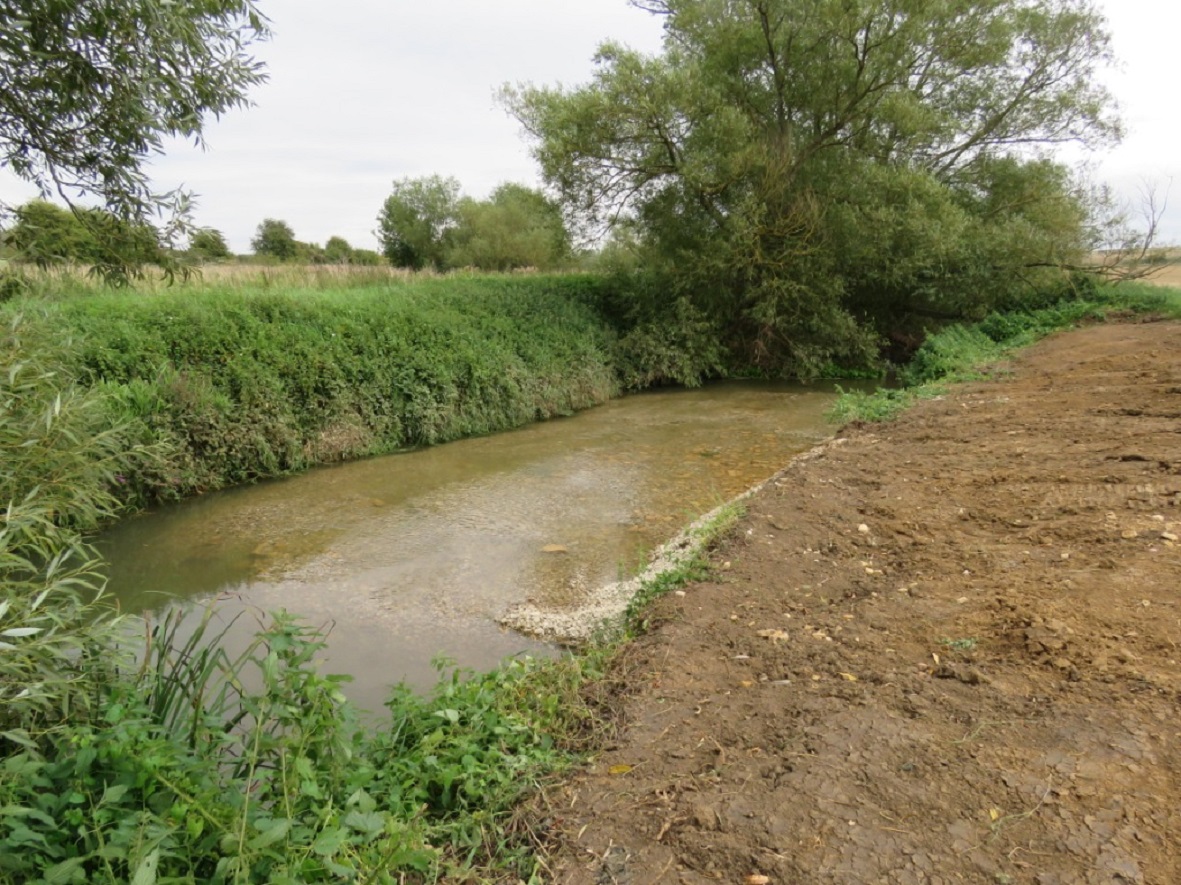The Evenlode is a clay catchment prone to flash flooding and is a headwater tributary in the Thames Basin
This project has reconnected a 1km channel of the River Evenlode with the flood plain by reprofiling the steep riverbanks that are the product of historic dredging. In times of high flow the river will now be able to to spill over its banks and into the adjacent field more readily thus reducing downstream flood risk.
Adding gravel and block stones to the riverbed has created riffles, bringing flow diversity within the channel. This increase in in-channel habitat heterogeneity will provide new spawning, refuge and foraging areas for a variety of different fish species and other aquatic life.
Additional elements delivered to manage flood waters in this area through the project are arable reversion, with at least 8.5ha of arable land in the area already converted to permanent pasture; and woodland planting with strong local input from the Wychwood Project volunteers who are planting trees.
This project has built on a successful stage 1 carried out in 2016. These actions are bringing significant benefits to a wide variety of wildlife and some flood attenuation plus sediment and nutrient capture.
Cotswolds Rivers Trust (CRT) have partnered with the Evenlode Catchment Partnership to manage and deliver Pudlicote Phase II. Physical work started in September 2017. Monitoring of the project will be measured by riverfly monitoring, carried out by CRT in partnership with RSK Environment and electrofishing will be implemented by the EA. Both of these methods to measure freshwater aquatic life were carried out pre-project delivery and are planned for spring and summer 2018 to see if there are any changes in the fish community or macroinvertebrate community following the works.
An otter and water vole survey will be undertaken in spring 2018. Kingfishers have been seen along the reach since works were completed. A range of fish species have been observed shoaling over the new gravel riffles and around the associated large stone blocks including dace, chub and minnow.


Building on the success of Phase One, Phase Two has diversified a 1 kilometre stretch of habitat.








